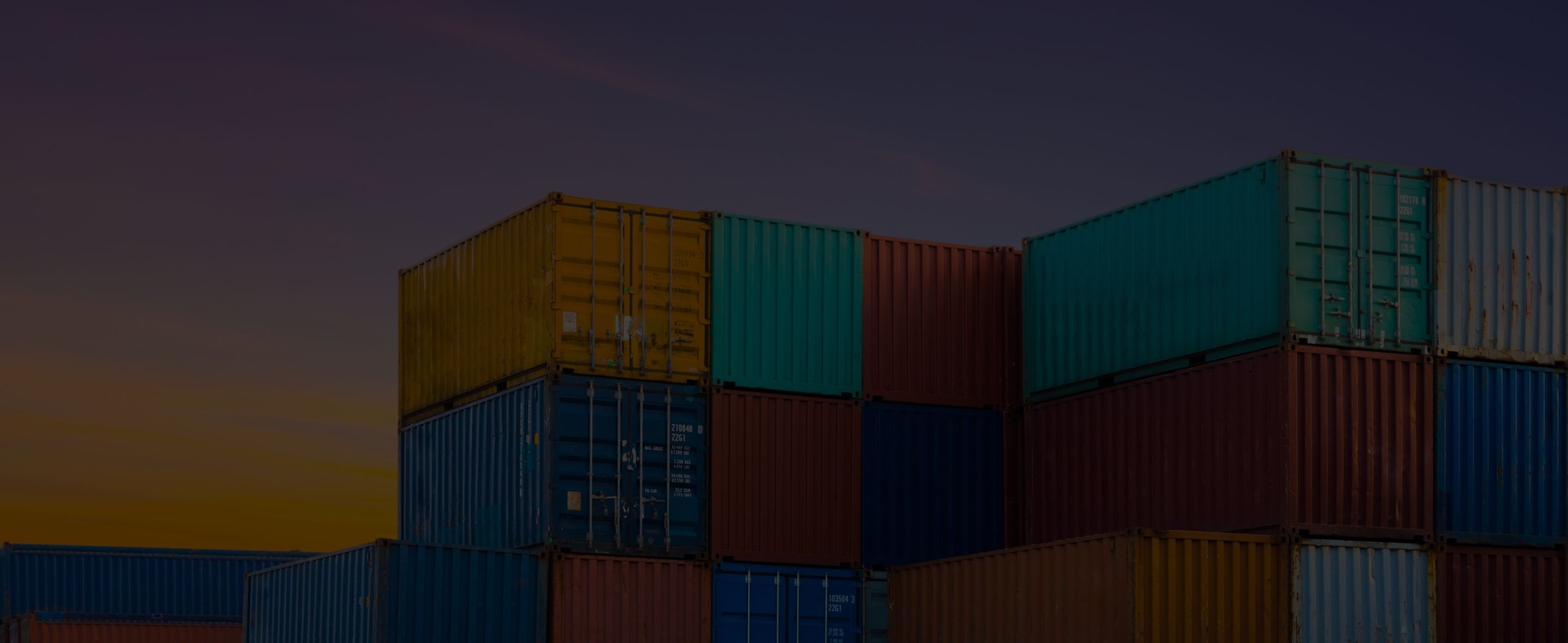
Container Shipping to Mexico — Get Instant Quotes



Why Choose iContainers for Shipping to Mexico?
Multiple deep-sea options — Manzanillo, Lázaro Cárdenas and Ensenada on the Pacific; Veracruz and Altamira on the Gulf, giving weekly main-line calls from Asia, Europe and the U.S.
Digital paperwork, done right — our platform auto-populates the pedimento and 16 % IVA calculation so SAT clearance never stalls. (trade.gov)
Rapid inland reach — direct rail corridors move boxes from Lázaro Cárdenas to Mexico City and Monterrey in < 48 h; bonded trucking links Manzanillo to Bajío auto plants overnight.
Air-freight fallback — AICM handled 81 000 t of cargo in the first four months of 2025 (+6.5 % YoY), giving 3- to 5-day door-to-door speed when production runs late. (mexicobusiness.news)
Our Container Shipping Services to Mexico
Full Container Load (FCL) Shipping
Most inbound freight—auto parts, home appliances, chemicals—moves FCL into Manzanillo, Lázaro Cárdenas, Veracruz or Altamira to minimise per-unit cost and avoid devanning delays.
Less-than-Container Load (LCL) Shipping
Start-ups and U.S. near-shoring suppliers ship < 15 m³ on weekly LCL consolidations that devan in bonded depots at Manzanillo and Veracruz—often 40–60 % cheaper than paying for unused FCL space.
Popular modes: FCL dominates industrial supply chains; LCL is booming for small U.S. businesses replenishing Mexican assembly plants.
Major ports / airport served: Manzanillo, Lázaro Cárdenas, Veracruz, Altamira; urgent air via Mexico City (AICM).
Typical cargo: Automotive parts, electronics, machinery, processed foods.
Transit-time snapshots:
- Los Angeles → Manzanillo: ≈ 3–4 days port-to-port
- Shanghai → Manzanillo: ≈ 20–25 days direct Asia–MX loop.
- Rotterdam → Veracruz: ≈ 18–22 days via Atlantic service.
Country-specific challenge: Strict SAT audits on customs value and a 16 % IVA; have HS codes and import licenses validated in advance.
Alternative option: Air freight via AICM (and the new AIFA cargo airport) cuts door-to-door to 3–5 days for high-value electronics and urgent spares.
Container shipping rates to Mexico
How much does it cost to ship a container to Mexico?
How Long Does It Take to Ship a Container to Mexico?
- U.S. West Coast → Pacific Mexico: 3–7 days
- East Asia → Pacific Mexico: 20–25 days
- North Europe → Gulf Mexico: 18–22 days
- Air freight via AICM: 3–5 days door-to-door
Popular Routes and Ports for Shipping to Mexico
Asia-Pacific services berth Manzanillo first, then Lázaro Cárdenas; Atlantic rotations call Veracruz and Altamira after Houston or New Orleans. Cross-dock rail moves cargo to Mexico City, Querétaro and Monterrey in ≤ 48 h.
Steps to Book Your Container Shipment with iContainers
- Quote — enter origin, destination and cargo specs for an instant price.
- Upload documents — commercial invoice, packing list, HS codes; pedimento auto-filled.
- Book & pay securely online.
- Track vessel, rail and customs milestones in real time.
- Clear — pay duty (often 0–15 %) + 16 % IVA and release your box.
- Deliver — arrange last-mile truck or rail to plant, IMMEX facility or 3PL warehouse.
What Can You Ship in a Container to Mexico?
Common commodities
- Auto parts
- Electronics
- Industrial machinery
- Processed foods
- Chemicals
Restricted / Prohibited
Used clothing (permit required), firearms, certain chemicals without COFEPRIS/SEDENA licence, counterfeit brands.
Main ports in Mexico
FAQs About Shipping Containers to Mexico
Most industrial goods face 0–15 % duty plus 16 % IVA on the CIF value; our quote tool shows both automatically.(trade.gov)
Yes—under 15 m³ you avoid paying for empty FCL space, saving 40–60 %.
Not mandatory, but strongly recommended—add door-to-door cover at checkout.
Reserve space 6–8 weeks ahead to dodge roll-overs and congestion surcharges at Manzanillo.